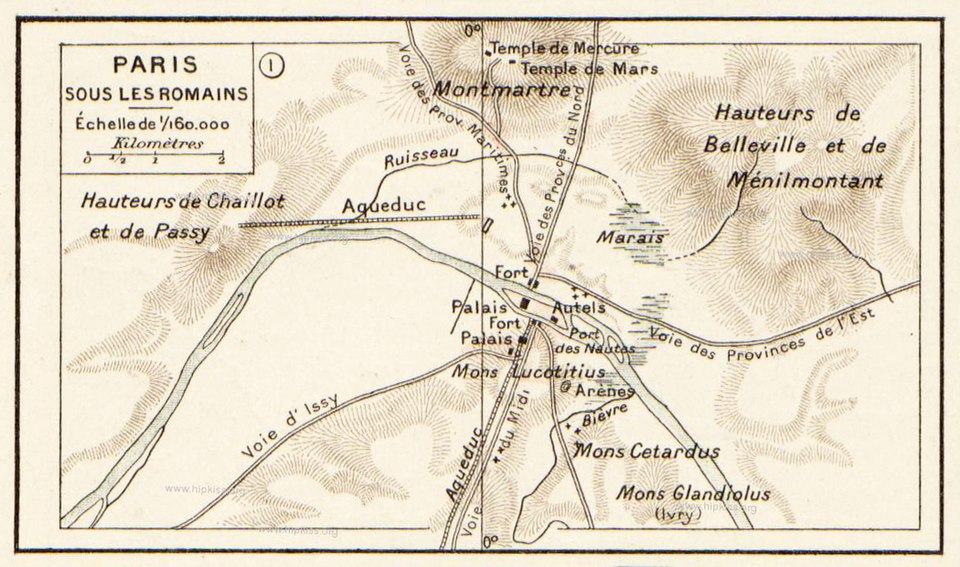Throughout the medieval period, Paris stood as the most populous city in Western Europe, a true demographic colossus that would only be surpassed in modern times by the burgeoning metropolises of Asia and the Americas. Its demographic trajectory was shaped by numerous fluctuations, marked by episodes of civil unrest, epidemics, migration waves, and phases of renewal.
Reliable data regarding the population of Paris prior to 1328 remains unavailable. During the Roman era, speculative estimates place the population between 8,000 and 20,000 inhabitants, with the lower figure likely closer to reality. Subsequently, the decline of Paris’s political importance under Charlemagne, coupled with the threats posed by Viking invasions in the 9th and 10th centuries, likely contributed to a significant demographic downturn.
Conversely, the city is relatively well documented by the late 12th century, during the reign of Philip Augustus. As Paris’s role as the capital of the kingdom became more firmly established, it emerged as the largest city in the Western world. Its population rose from approximately 25,000 inhabitants in 1180 to around 50,000 by 1220.

Demographic Shocks
The first known statistical record concerning the population of Paris is the General Register of Hearths drawn up in 1328 for fiscal purposes. At that time, Paris was recorded as having 61,098 hearths. The term hearth referred to a household sharing a common fire—hence the modern French term foyer. However, this document does not specify the number of individuals per hearth, which could vary widely—from a large extended family of around fifteen people (excluding domestic servants) to a single person counted as an independent household. Based on this data, several estimations have been proposed; today, the most widely accepted places the population of Paris at roughly 200,000 inhabitants.
By way of comparison, in the same period, cities such as Venice, Genoa, and Florence had populations of approximately 100,000, while the largest French cities did not exceed 50,000. Paris thus stood as an exceptional demographic entity, expanding dramatically within the constraints of its fortified military walls. The Black Death of 1348, contrary to its impact elsewhere in Europe, had a relatively limited and short-lived effect on the city’s population, which quickly recovered. Far more severe was the demographic crisis brought on by the Hundred Years’ War and the internal conflict between the Armagnacs and the Burgundians.
By the 1420s, the population had declined to approximately 100,000—representing a loss of nearly 50%. The city was isolated, its commercial networks disrupted, and prices soared uncontrollably. Among property owners, widespread default on rents led to the abandonment of dwellings. Even the monarchy and royal court had evacuated the capital. In effect, Paris became almost uninhabitable and would not recover its pre-war population until around 1500, some eighty years later. Upon the death of Charles IX in 1574, Paris’s population is estimated at around 350,000. For reference, at that time, Rouen had approximately 50,000 inhabitants, Lyon 100,000, and Milan 180,000.

An Inexorable Growth
Under the reign of Louis XIV, Paris surpassed the threshold of 400,000 inhabitants. The first official census, conducted in 1796, recorded 556,000 residents—five times more than Lyon, Marseille, or Bordeaux, and ten times the population of Lille. Following the French Revolution and throughout the 19th century, Paris experienced continuous and rapid demographic growth. Within the current administrative boundaries of the city, the population was recorded at 550,000 in 1801, 700,000 in 1817, and reached one million around 1845.
This upward trajectory accelerated under the Second Empire: by 1851, the population stood at 1,280,000 and climbed to 1,850,000 by 1870—an increase of nearly 50% within two decades. This growth can largely be attributed to the annexation and urbanization of the outlying suburbs in 1860.
The demographic expansion continued even after the upheaval of the Paris Commune. The city reached two million inhabitants by 1877. By 1899, the population had risen to 2.5 million, then to 3.8 million in 1906, and 4.15 million by 1914. Although not addressed in detail here, this rise was paralleled by the massive urbanization of the surrounding suburbs. By 1900, the Paris metropolitan area—with 9.3 million inhabitants—ranked as the third-largest in the world, following London and New York.
In the 20th century, the two World Wars, changes in urban land use (including the increasing prevalence of office buildings), and the expansion of suburban areas—which attracted young families—contributed to a profound transformation of the Parisian urban fabric. As of 2024, the population of the city of Paris proper is estimated at 2,087,600.


